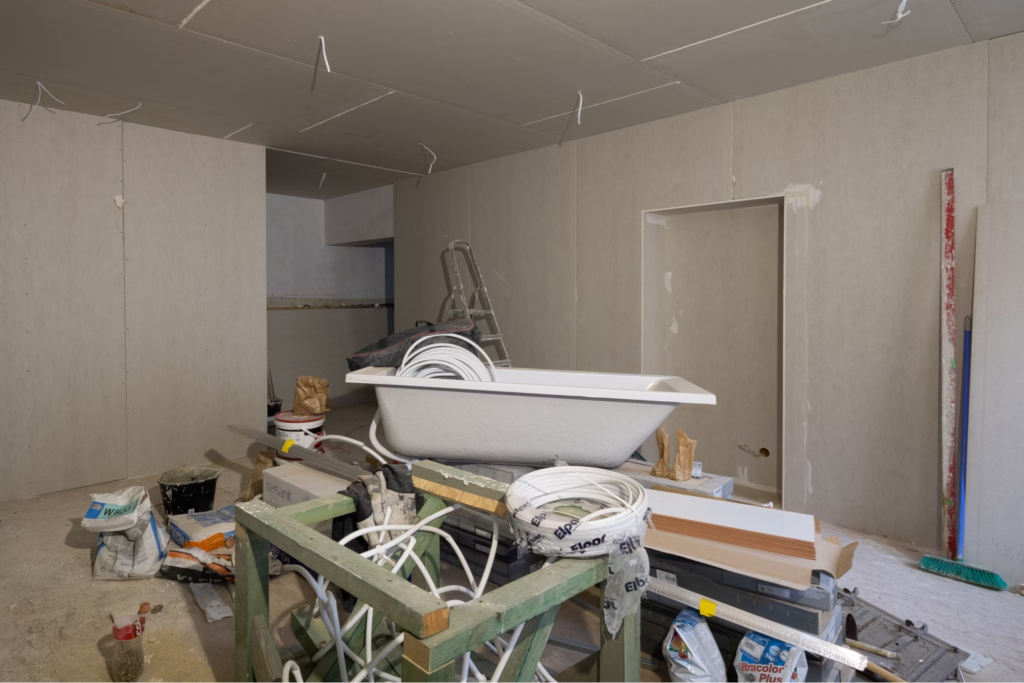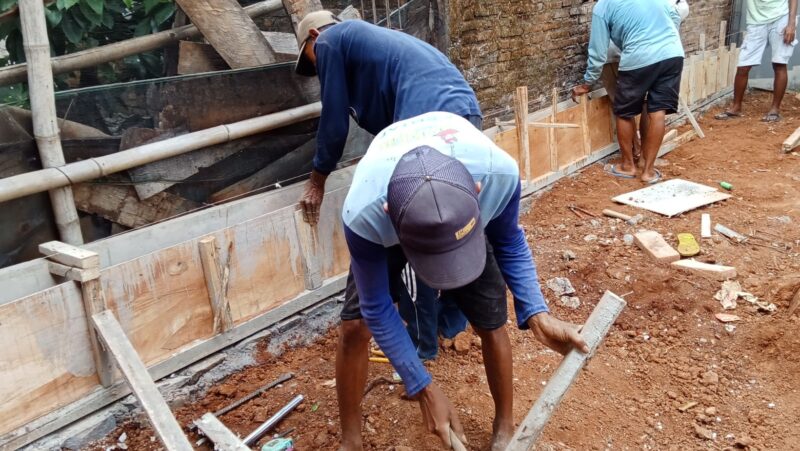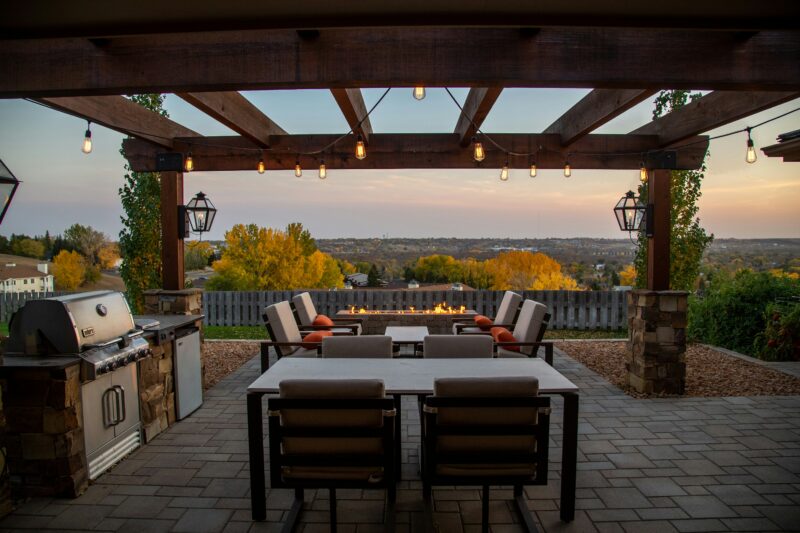
Home repairs have a way of showing up unannounced, often disrupting your routine when you least expect it.
Whether it’s a burst pipe, a broken furnace in winter, or a roof leak during a storm, certain issues need immediate attention—and immediate funds. When savings fall short, finding a fast, responsible solution becomes the next step. But rushing into the first loan or credit offer can lead to bigger problems later. Here’s how to handle urgent home repairs without making long-term financial mistakes.
Start by Assessing the Urgency and Cost
Before you borrow money or swipe a card, take a close look at the situation. Not all repairs require the same kind of urgency—or the same kind of budget.
A leaking water heater may feel critical, but if you can shut off the valve and avoid flooding, you might have a day or two to compare options. On the other hand, if a roof cave-in is letting rain pour into your living room, every hour counts. Call at least two licensed professionals for estimates. Some offer emergency services with financing or deferred payment plans. Know what you’re paying for before committing.
Having a clear sense of urgency and price range will help you choose the best short-term funding option without panic guiding the decision.
Cash Advance Loans: Quick but Costly
Cash advance loans—also known as payday loans—promise fast relief. You walk into a storefront or apply online and walk out with money in minutes or hours. But the ease comes with strings.
Most cash advance lenders charge fees that translate into triple-digit annual percentage rates (APRs). For example, borrowing $500 may cost you $75 or more in fees—and that’s just for a couple of weeks. If you can’t repay the full amount by the due date, lenders roll the balance into a new loan with new fees, creating a dangerous cycle.

Despite the risks, some people choose cash advances because credit checks aren’t required and approval is nearly guaranteed. If you do take this route, treat it like stepping onto a narrow ledge—move carefully, know your exit plan, and don’t stay there longer than you must.
Only borrow what you can pay off in full on your next payday. If that’s not realistic, it’s time to consider alternatives that offer more breathing room.
Smarter Options Than Cash Advance Loans
Fast doesn’t have to mean reckless. Several options can help you cover emergency home repairs without resorting to payday lenders. Some offer lower costs, while others provide more flexible repayment terms.
Personal Loans from Online Lenders
If you need fast funding but want to avoid the steep fees and short repayment windows of a cash advance loan, an installment loan—often referred to as a personal loan—can offer a more stable solution.
Installment loans provide a lump sum upfront, which you repay in fixed amounts over a set period. Unlike payday loans, which are typically due in full by your next paycheck, installment loans offer terms that range from a few months to a few years. This structure allows you to spread out payments, making it easier to manage within your budget.
Many lenders, including online providers like CreditNinja, specialize in installment loans for emergencies like sudden home repairs. Depending on your credit profile and the lender, you could receive funds as soon as the same or the next business day. More importantly, these loans tend to come with lower annual percentage rates (APRs) than payday loans, and they’re more transparent about fees and terms.
Even borrowers with less-than-perfect credit can often qualify for installment loans. Some lenders focus on alternative credit checks, looking at your income, employment, and financial behavior instead of just your credit score.
Debt Service Coverage Ratio (DSCR) Loan Options
If you own rental property or generate income from your home (e.g., a basement apartment or Airbnb), a DSCR loan could be a viable solution. It evaluates your property’s income potential rather than personal credit, offering competitive rates for qualifying borrowers.
Credit Union Emergency Loans
Local credit unions often provide small emergency loans to members, even those with limited credit history. These loans usually come with lower interest rates than payday loans and are designed for short-term use.
You may need to open a basic account first, but approval is often easier than at traditional banks. Some credit unions offer “payday alternative loans” (PALs), which are regulated and more affordable.
Credit Cards with Introductory APR Offers
If you have decent credit, using a credit card—especially one with a 0% introductory APR—can buy you time to pay for repairs without added interest. This only works if you can pay the balance within the promo period, usually 12 to 18 months.

Avoid cash advances from your credit card, though. These come with immediate interest and fees, unlike regular purchases.
Using a credit card responsibly can be a smart move, but only if you track your spending and commit to paying more than the minimum each month.
Borrowing from Friends or Family (With a Plan)
While it’s not an ideal situation, turning to someone you trust for help—especially when your furnace breaks and your savings are stretched—can be a practical choice if handled professionally.
Clearly outline the terms in writing, including repayment amounts and due dates. Approach it with the same seriousness you would a formal loan. Avoid borrowing more than necessary, and ensure both parties are on the same page. A well-structured plan minimizes confusion and helps preserve the relationship.
Take Steps to Avoid Future Panic Spending
Emergency repairs often feel like the enemy, but they can also be a wake-up call. Once you’ve handled the current crisis, take small steps to prepare for the next one.
Start a dedicated home emergency fund. Even $25 a month adds up over time. If you used a loan, build your next budget with repayments in mind. Try not to stack new debt on top of old obligations.
Also, consider getting a home maintenance inspection annually. It’s cheaper to fix a weak roof than to replace a collapsed one. Preventative care often costs less—and saves you from another funding scramble.
When Time Is Short, Strategy Still Matters
Urgent repairs demand fast decisions, but not reckless ones. While cash advance loans offer speed, they also bring serious risks that can compound an already stressful situation. Safer, more manageable options exist—and they’re often only a day or two slower.
The key is to slow down just enough to think clearly. Compare costs. Choose options that won’t trap you. And once the repair is behind you, make room for prevention and planning.
Because next time something breaks, you’ll want to fix it fast—but without breaking your finances to do it.












